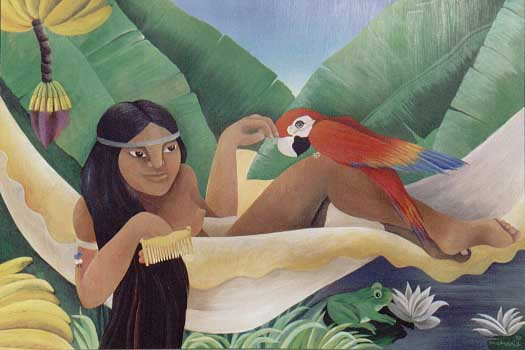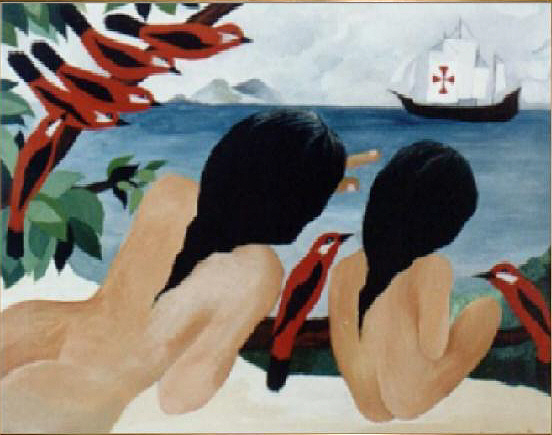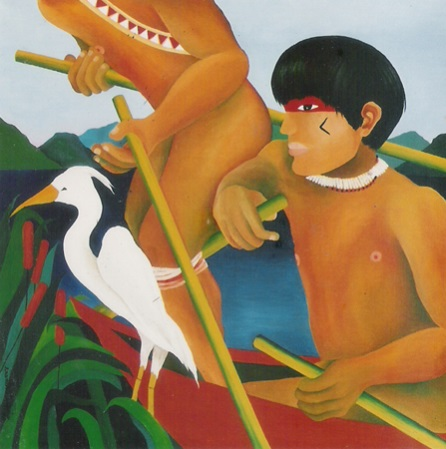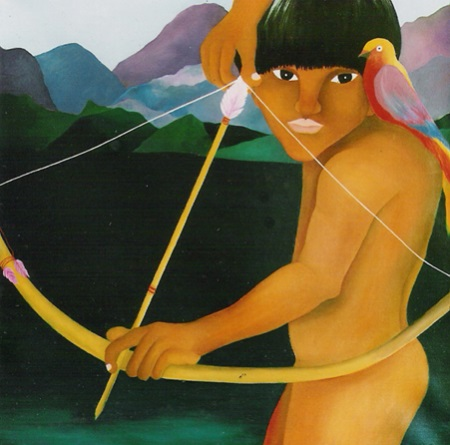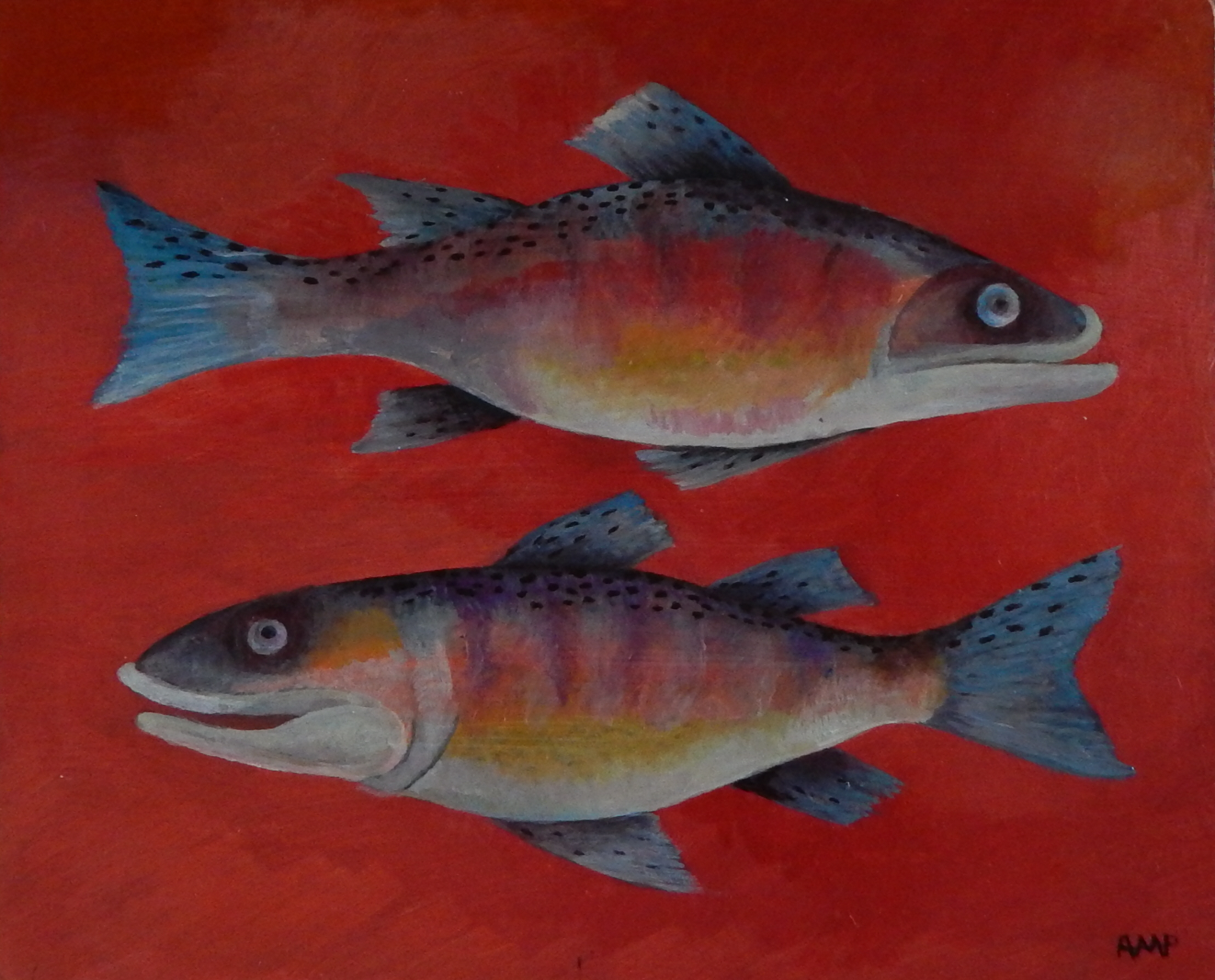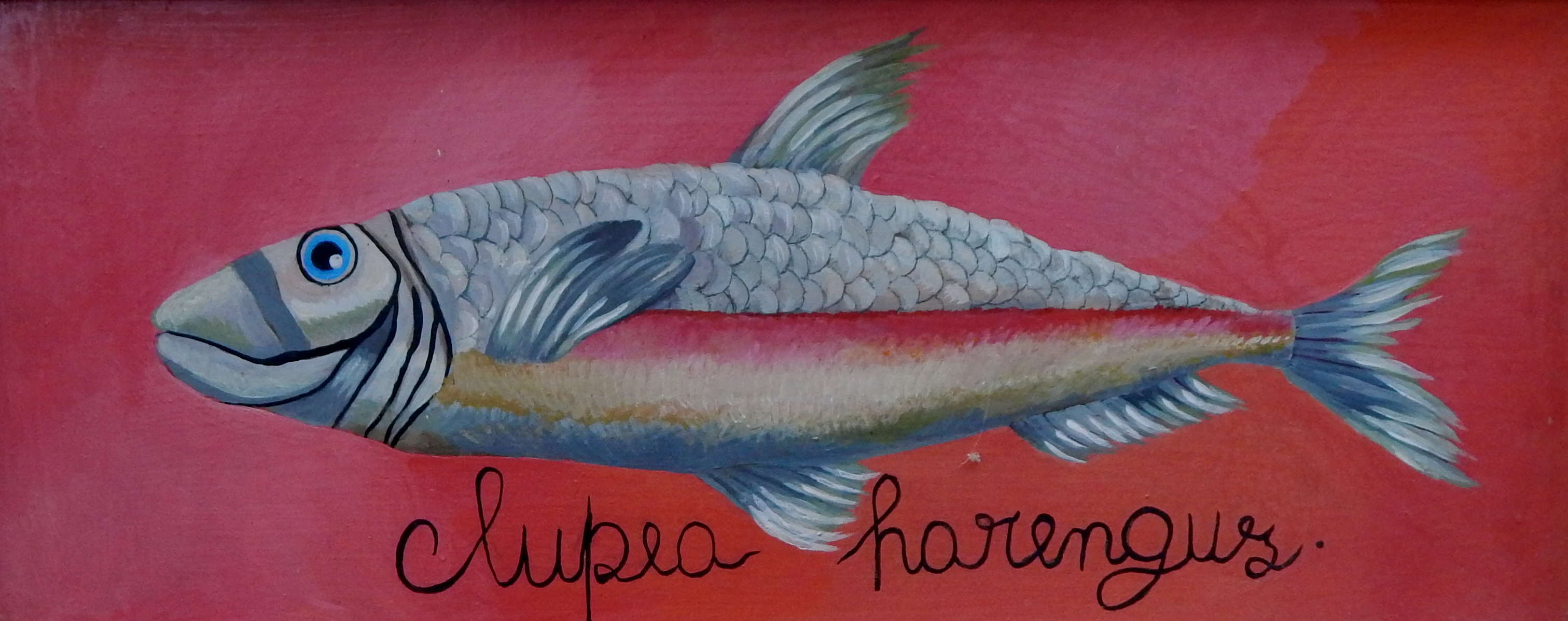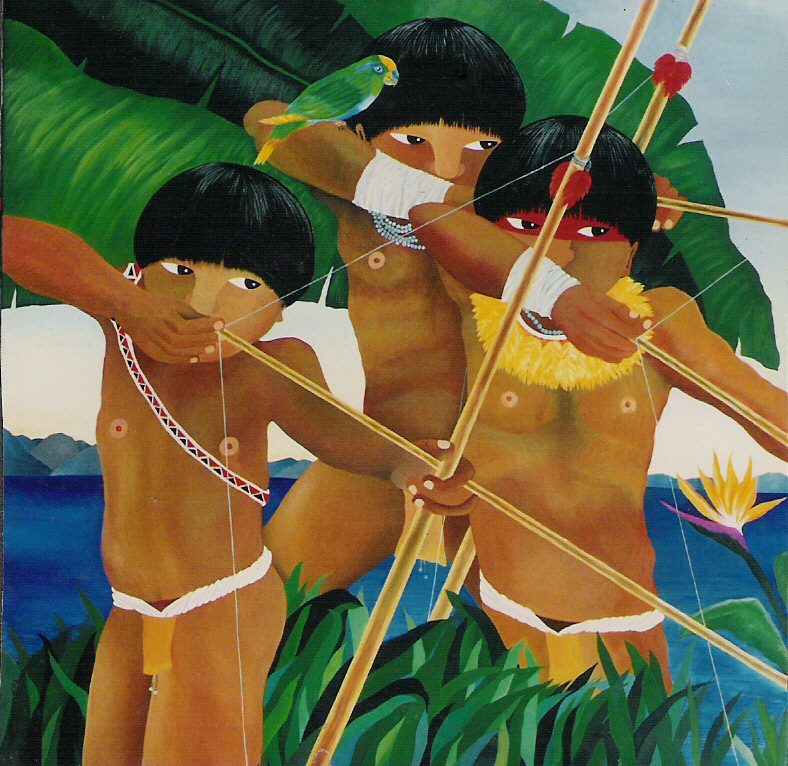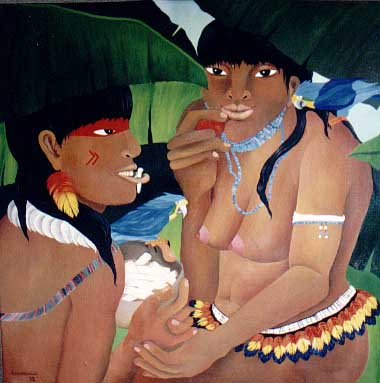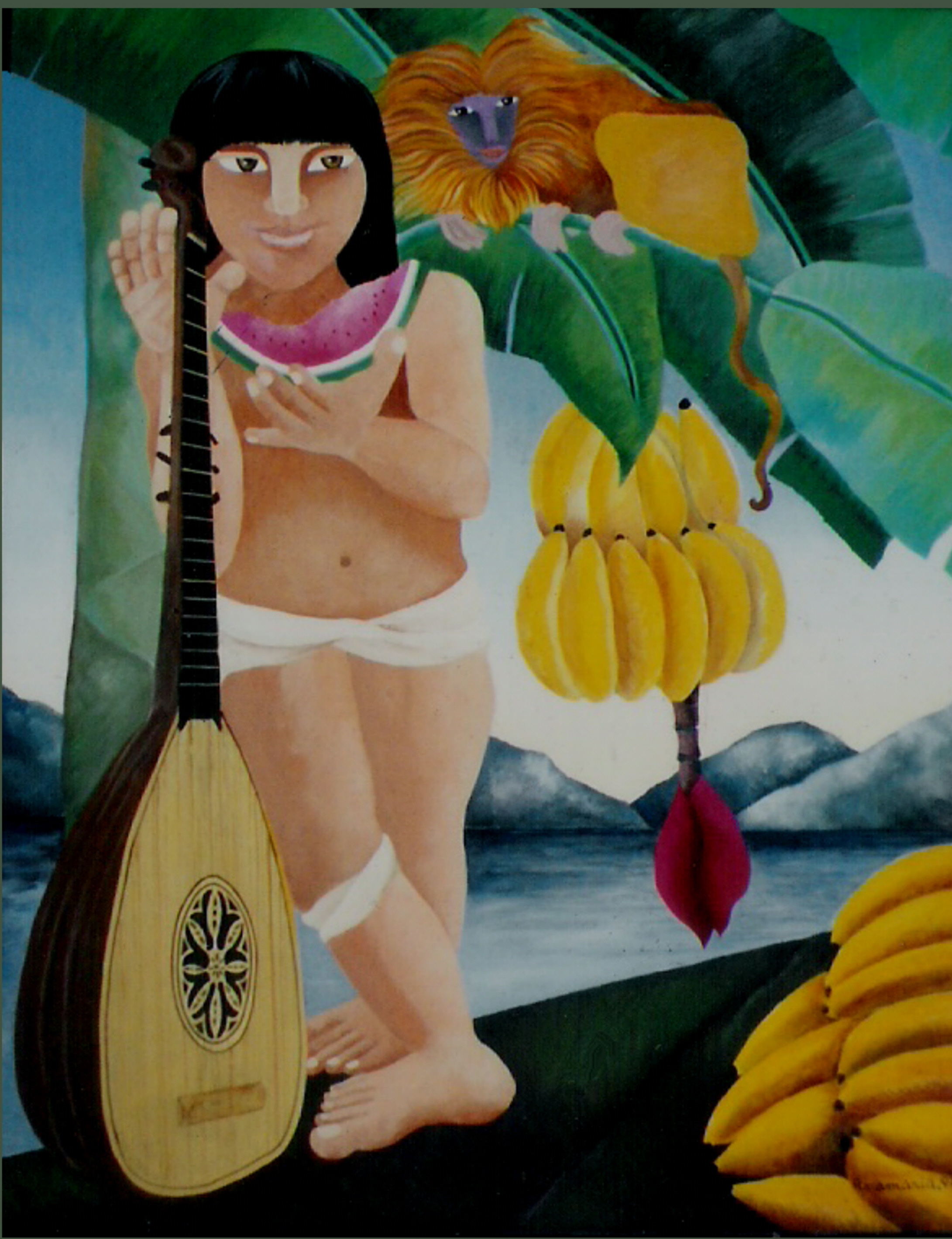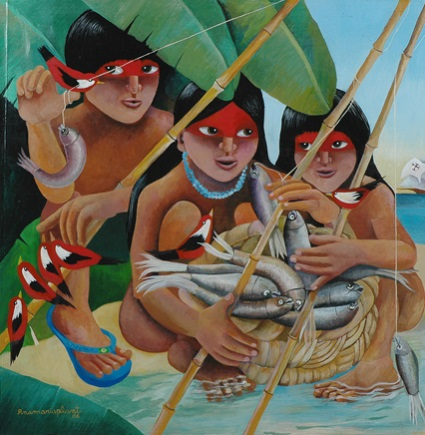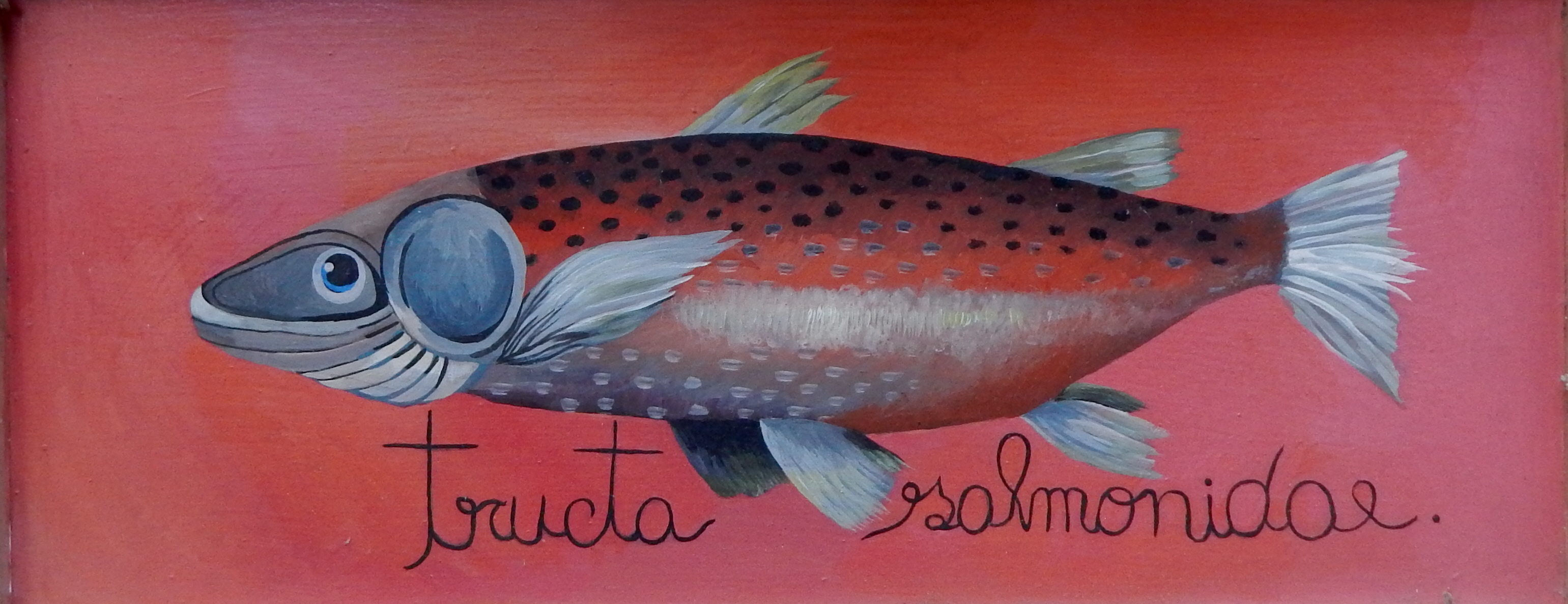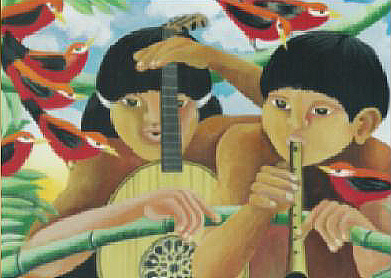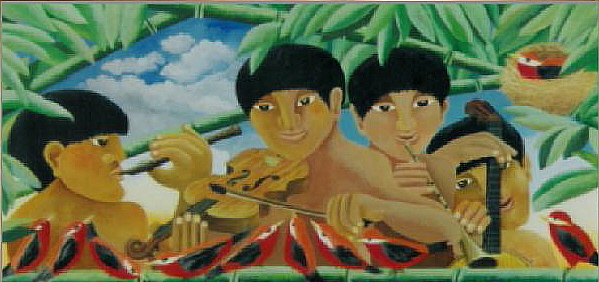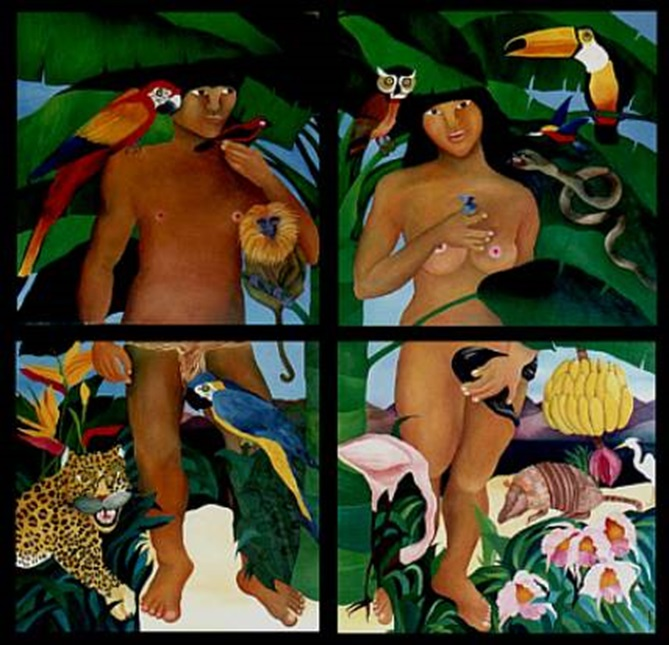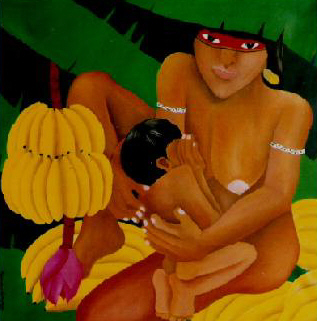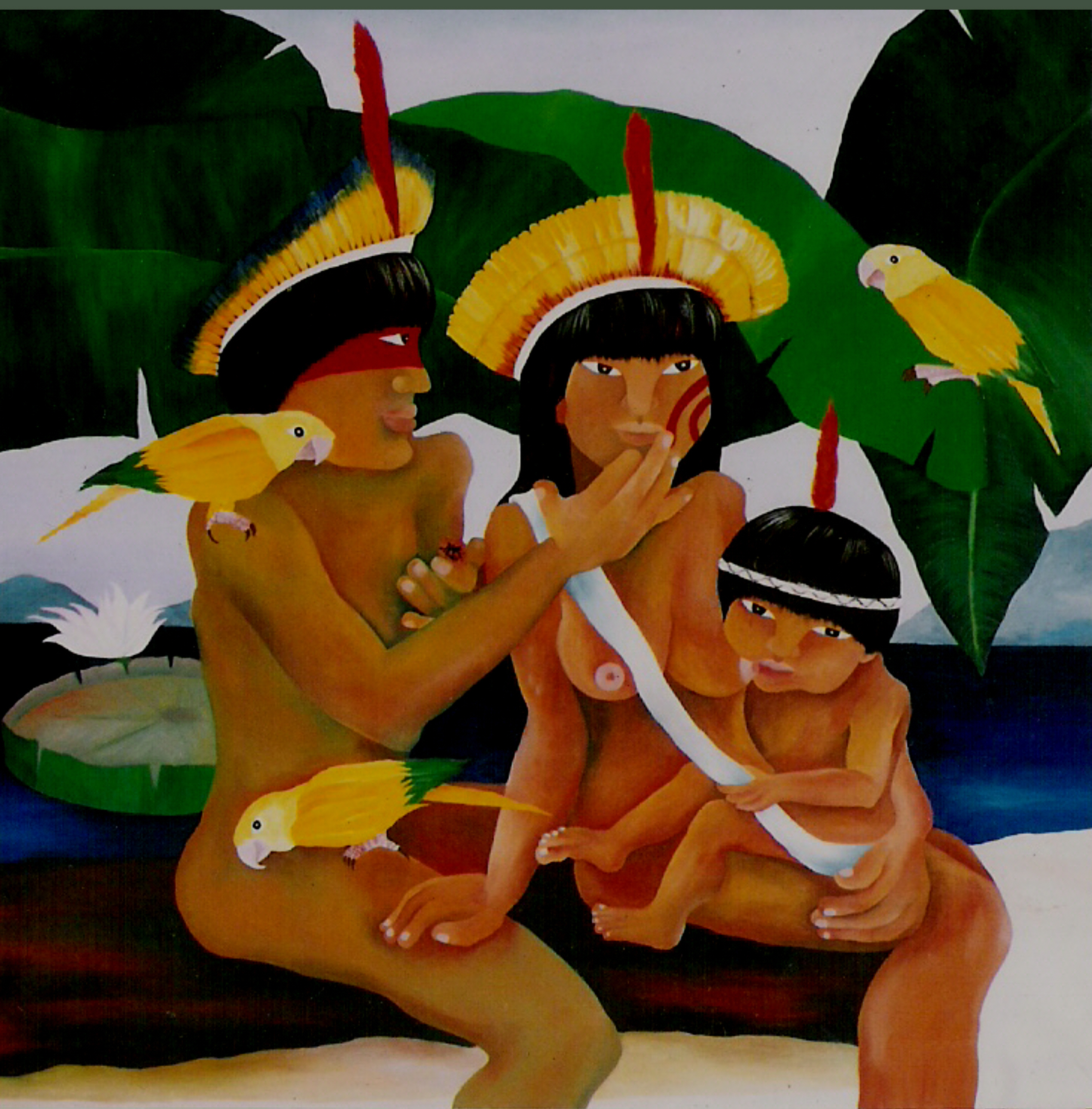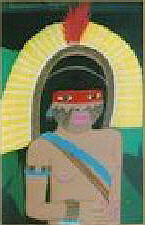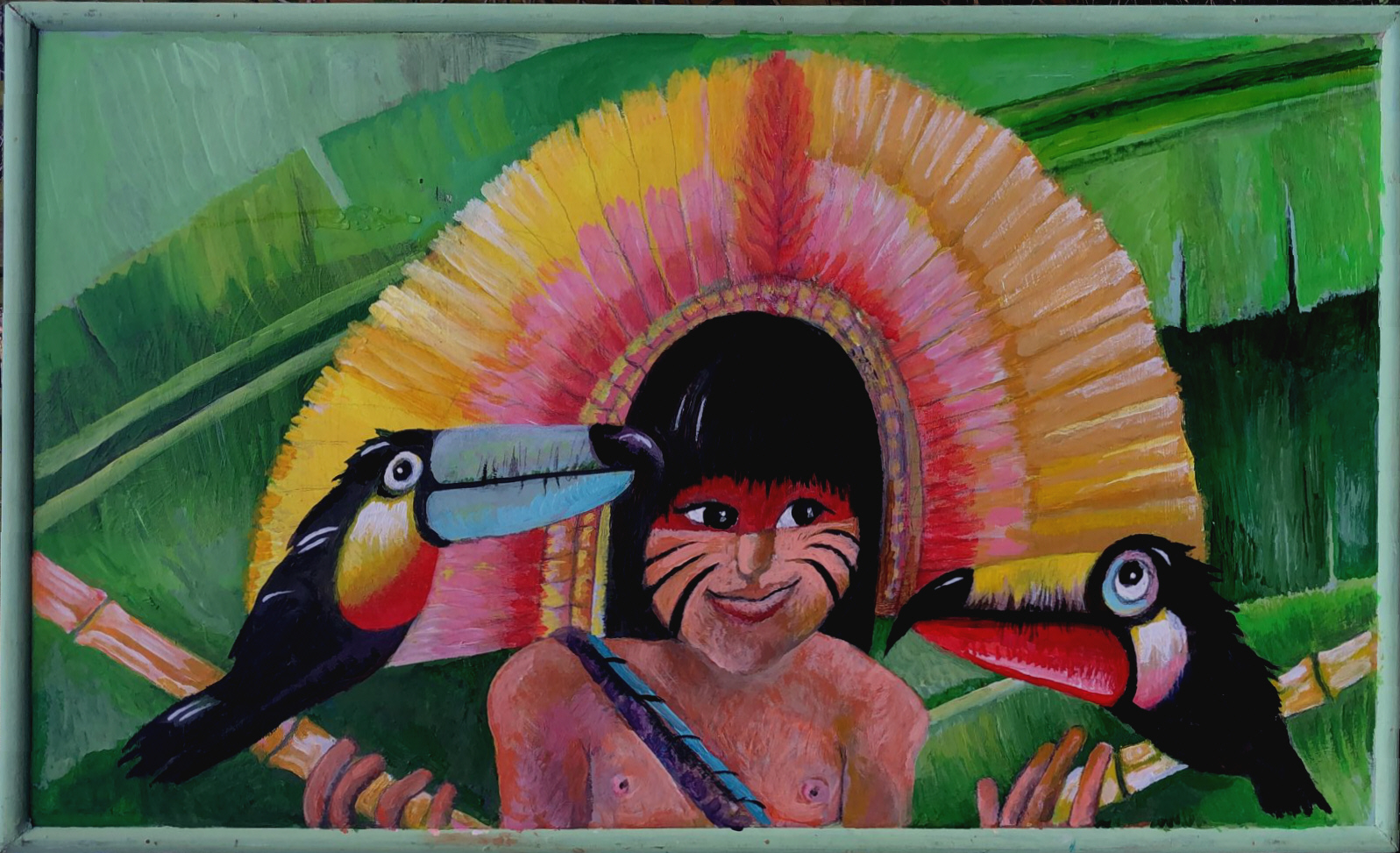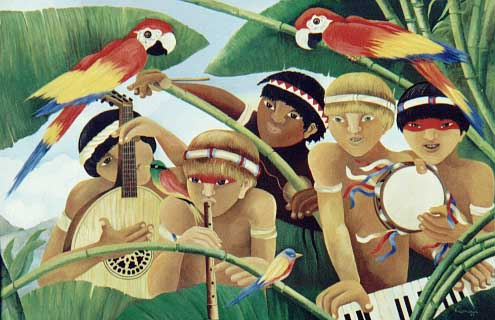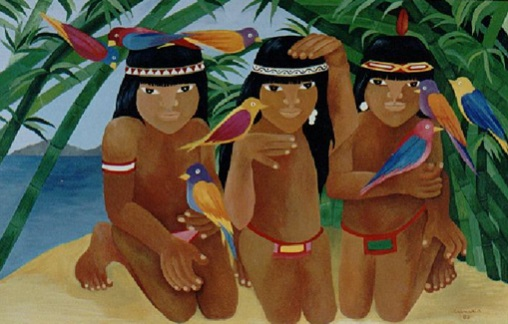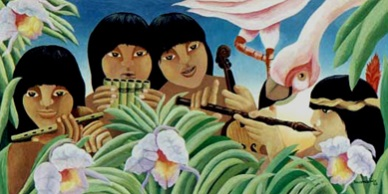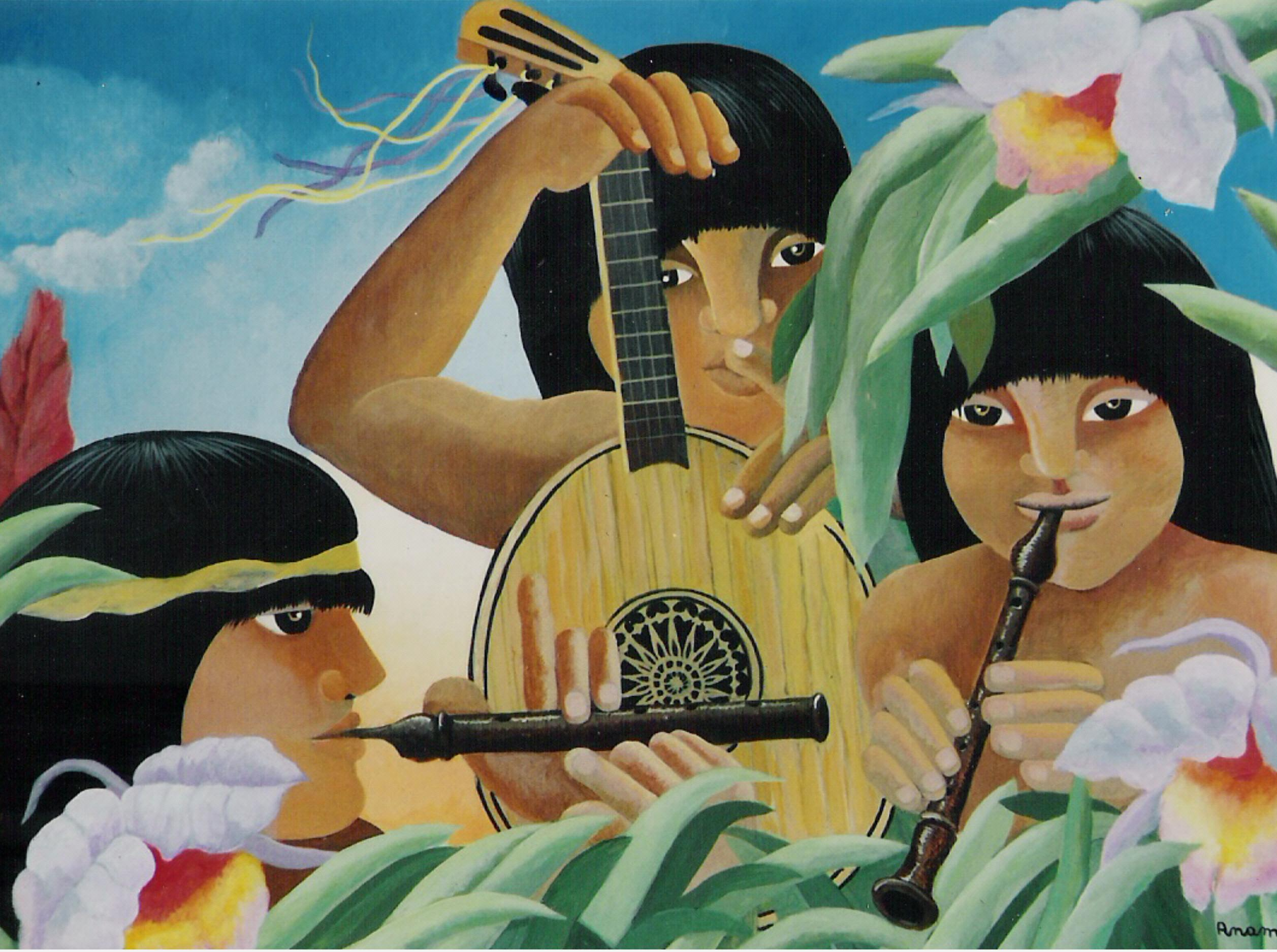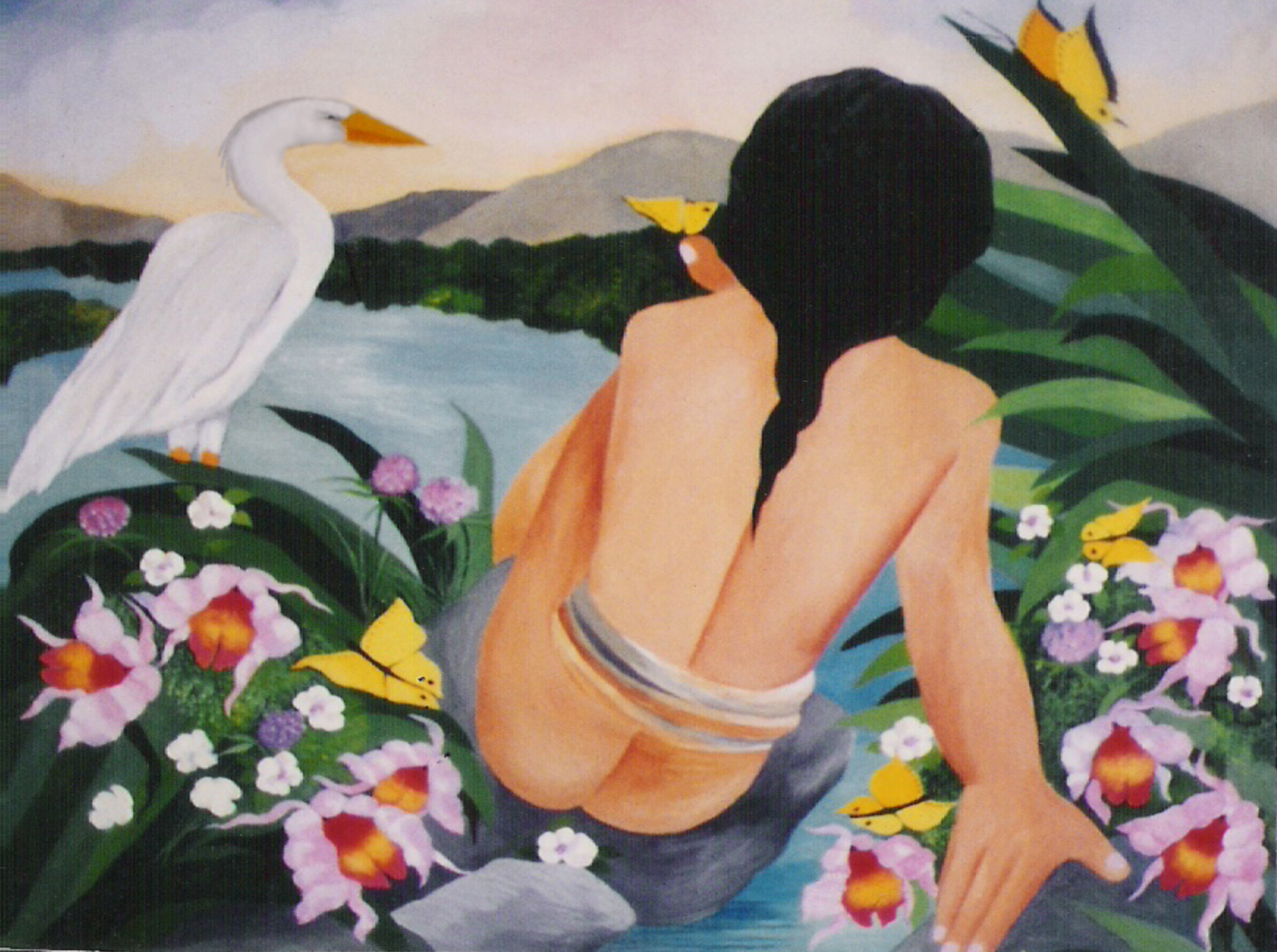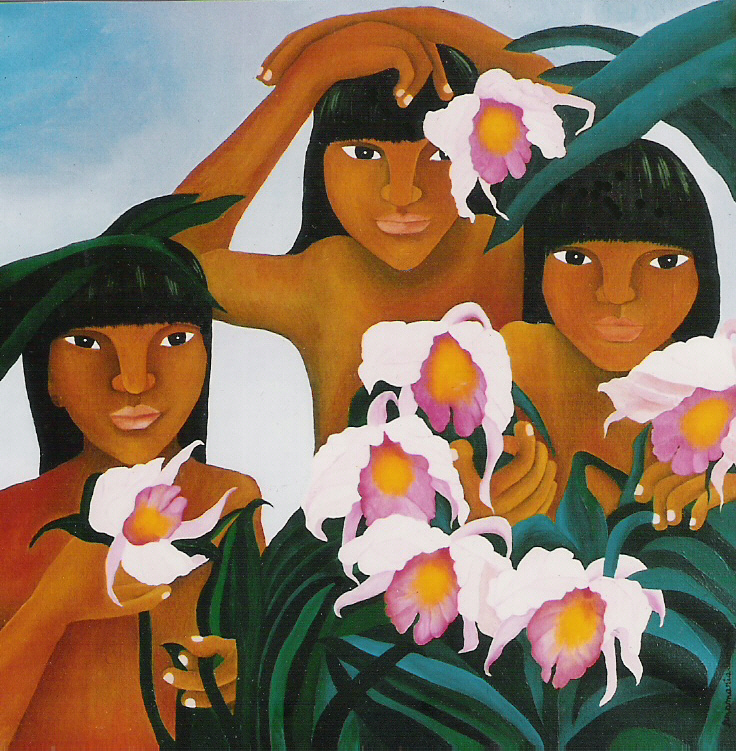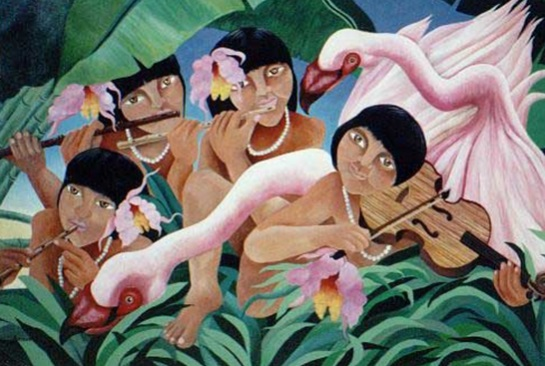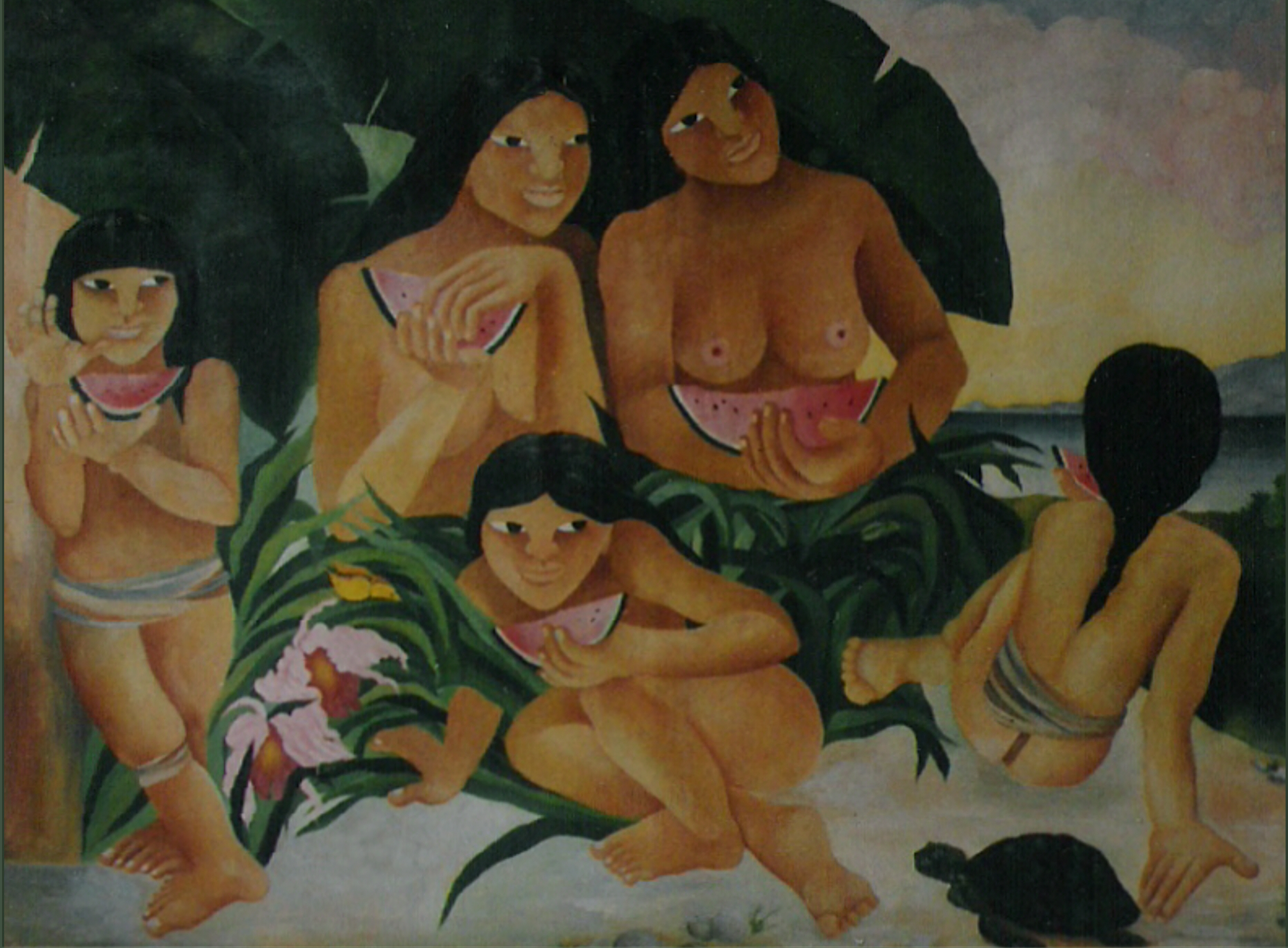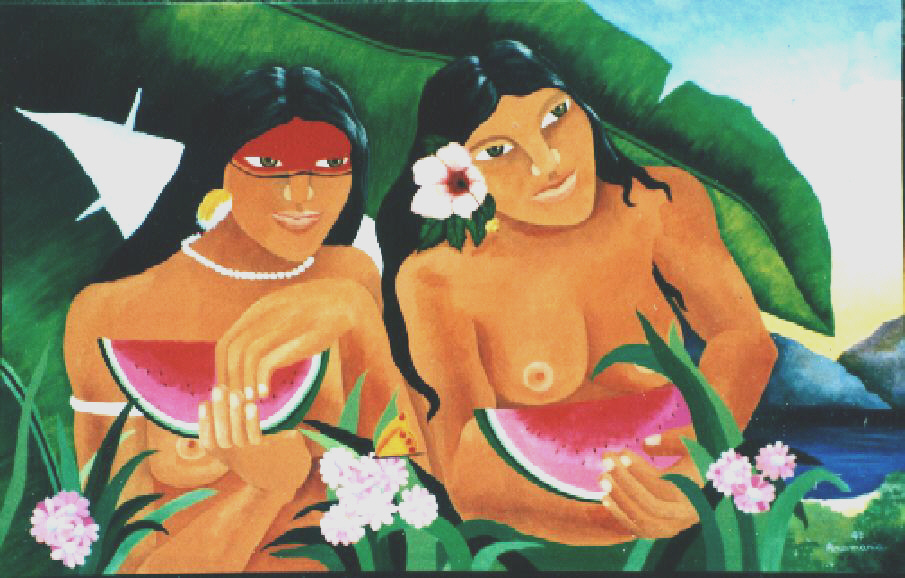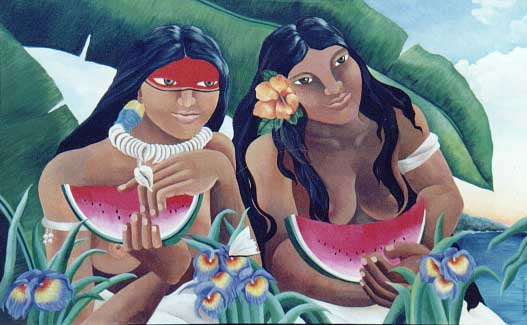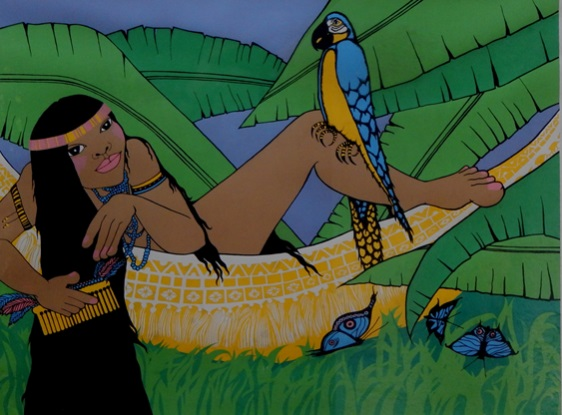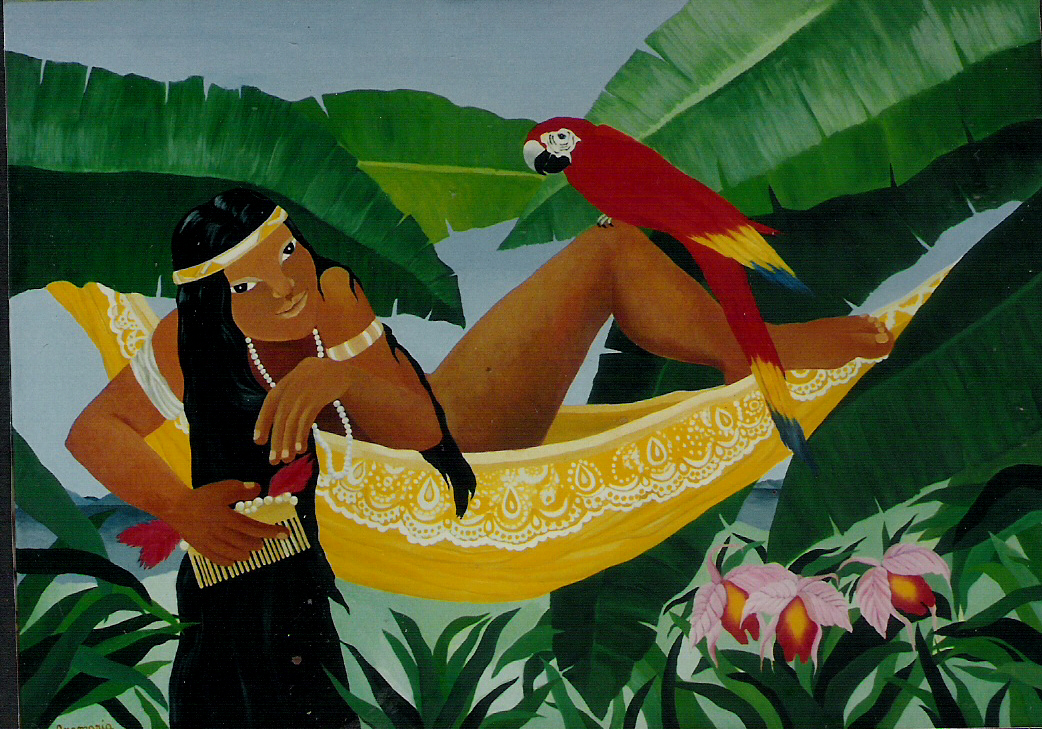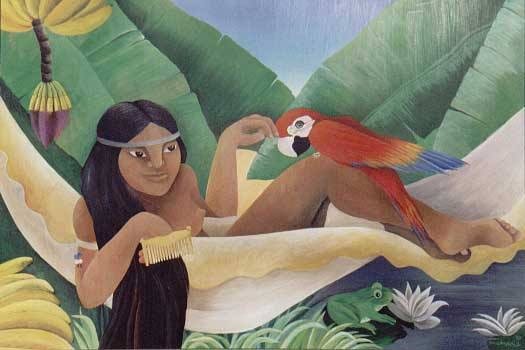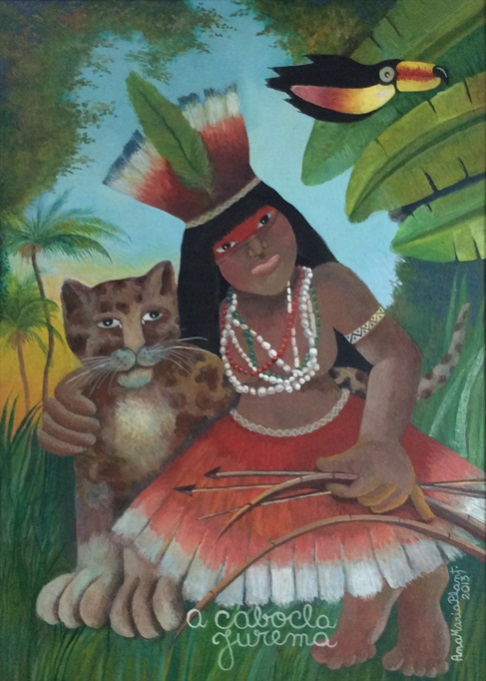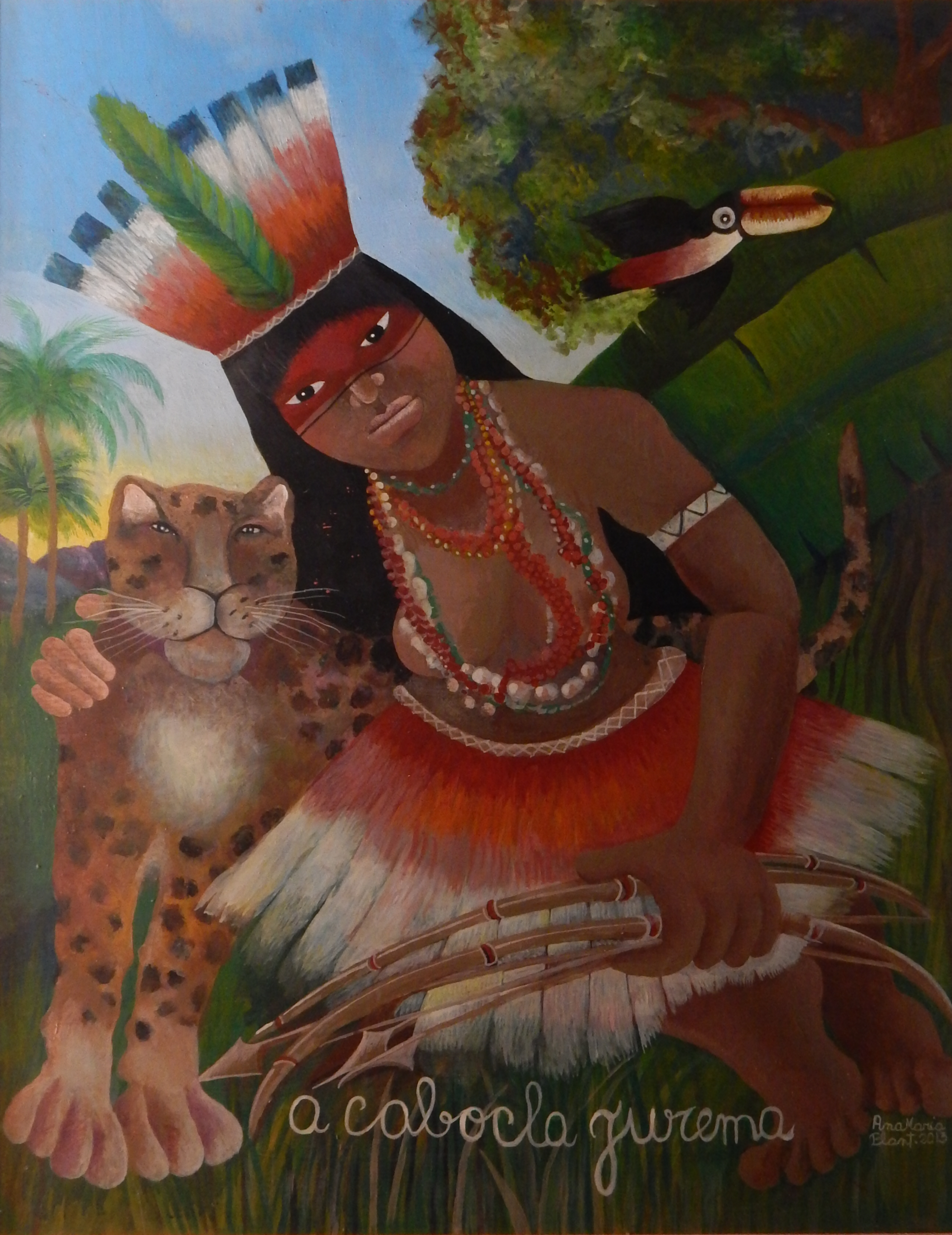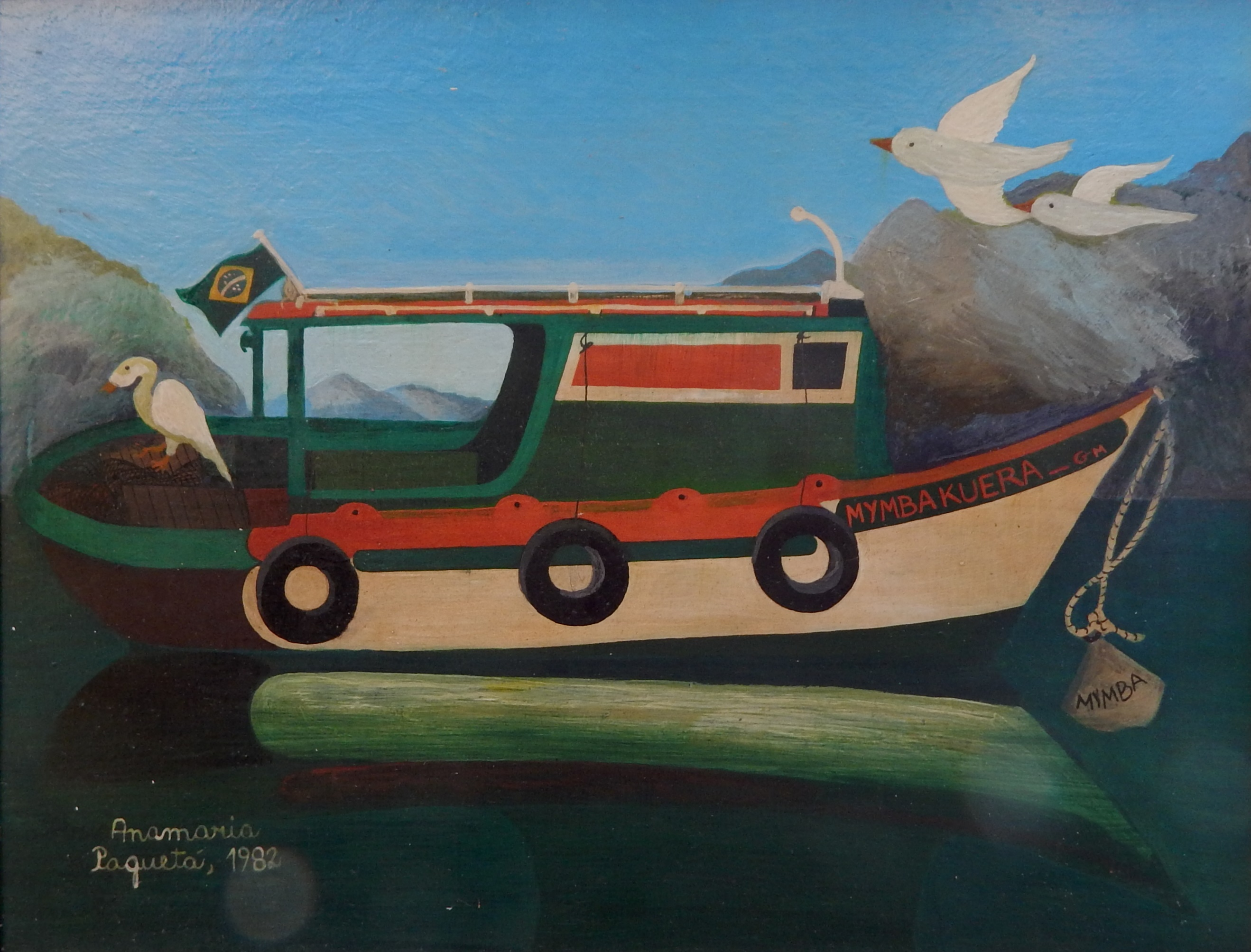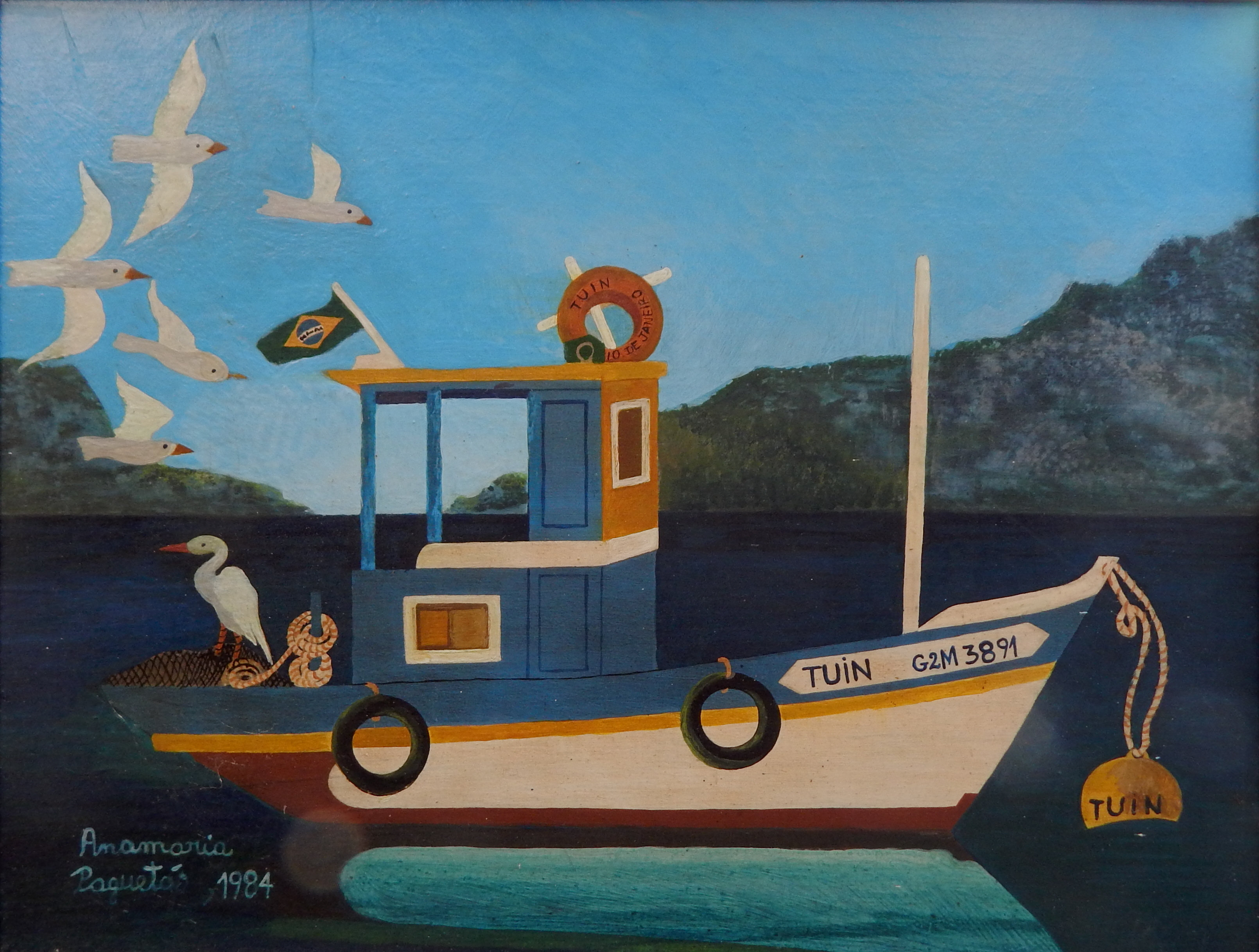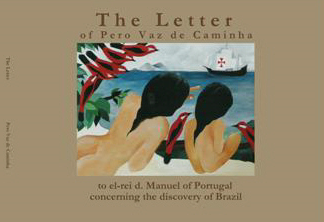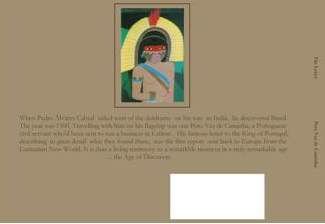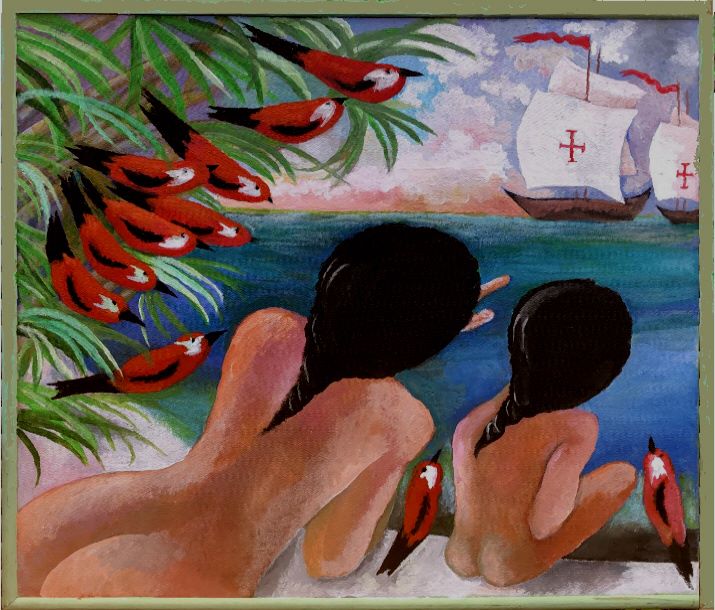When the Ottoman Empire conquered Constantinople in 1453, access by Europeans to the Silk Road was effectively blocked. This meant the lucrative trade between Europe and Asia, where items such as spices, perfumes, silk and tea originated from, couldn’t continue, unless a new route could be found. As a consequence, a new era of European sea voyages of discovery was ushered in.
The Portuguese were the first to sail around the southernmost tip of Africa, eventually reaching India, and thus inaugurating the much-needed new route to Asia. During one of these early voyages meant to reach India something apparently unexpected happened.
On the 9th of March 1500 a fleet of thirteen vessels departed the Tagus estuary under the command of Pedro Álvares Cabral. Their final destination was the Indian city of Calicut. A month later, having passed the Cape Verde islands, off the western coast of Africa, the fleet (minus one vessel, which disappeared) moved westward, and in the evening of the 22nd of April land was sighted. Initially, it was thought this might be an island, which was then given the name of Ilha de Vera Cruz, or Island of the True Cross. Nobody knows exactly why Pedro Álvares Cabral decided to go towards the west – did the Portuguese know about the possibility of lands existing in that region? Was the fleet blown off course by strong winds? Were they looking for the vessel that had gone missing? – but this was how the history of European presence in Brazil began.
The first contact between the Portuguese and the natives of this newly found land occurred on the following day, the 23rd of April, a Thursday. Pedro Álvares Cabral dispatched a captain of one of the ships in his fleet, Nicolau Coelho, with a few men on a small boat to the beach. The first contact with the natives was peaceful. There were exchanges of gifts. The natives were described as swarthy, naked, with nothing covering their private parts, and carrying bows and arrows. A few of them were taken to the ships, where they were offered food and wine. They didn’t like what they sampled, according to reports.
Among those who took part in the voyage was a knight and scribe called Pero Vaz de Caminha, who wrote a detailed account of what he saw at in the Island of the True Cross. When Pedro Álvares Cabral sent one of the ships in his fleet back to Lisbon, with the mission of giving the then king, Dom Manuel, the news of the discovery, what is now known as the Letter of Pero Vaz de Caminha was one of the items born across the Atlantic. The ship also carried parrots and monkeys, as well as an Indian – the term ‘Indian’, when used to refer to the natives of the Americas in general, derived from a mistake made by Christopher Columbus, who thought he had found a new route to India when he reached the Caribbean in 1492 – and a piece of wood, described as Brazilwood. Dom Manuel relayed to the Catholic kings the news of the discovery of the land he renamed as Terra de Santa Cruz, or Land of the Holy Cross.
Pedro Álvares Cabral continued on his trip to India, where things didn’t go well for him. So much so, the king never gave him important missions again, since, in those early days, Asia was still the focus for Portugal. In the new land there were no cities or luxury goods, but only a naked and ambitionless people. Pedro Álvares Cabral died in obscurity around twenty years after his historic voyage.
In May 1501 a new fleet commanded by Gonçalo Coelho, and including Américo Vespúcio, crossed the Atlantic Ocean and arrived in what is now the State of Rio Grande do Norte on the 17th of August. They travelled down the coast, naming places as they went, and were able to establish that the Land of the Holy Cross was actually a continent. The other important piece of information they had for the king was that, besides the parrots, the only other interesting product present in the new land was the Brazilwood. It was similar to the wood of an Asian tree from which a beautiful red dye, suitable for textiles, was extracted. The French called the Asian wood ‘brazil’. The reason was that its red colour resembled embers, i. e. ‘braza’ in French. In this context, ‘brazil’ is a word used as an adjective. Brazilwood meant ‘wood with an ember-like colour’. The one found in the Land of the Holy Cross eventually became a much sought-after commodity in Europe, and, over time, the new continent was increasingly referred to as the land of Brazilwood. The Indians who cut and carried Brazilwood for the Portuguese were known as Brazilians.
But who were these Brazilians?
Like the Europeans after them, the indigenous peoples of Brazil and the Americas were also colonisers. They were waves of hunter-gatherers who began migrating from Asia to North America 14,000 years ago via the Bering Strait, when the sea levels were 100 metres lower than today, and went on to spread throughout the Americas. They formed tribes and developed a plethora of languages. When the Portuguese arrived, in 1500, it is estimated Brazil was home to at least 1,000 tribes, with a total population of between 5 and 13 million people. They owned the vast territory of the country in their particular way, sharing it with its exuberant fauna and flora.
The Portuguese, with their European bias, saw the natives as a primitive people. With the help of Jesuit missionaries, a programme of Christian evangelisation was implemented. Many of the natives were enslaved, although later Indian slaves were replaced with western sub-Saharan African ones.
Today the Indian population total around 1,7 million people, or 0.8% of Brazil’s population. Not all the natural treasure they coexisted with for thousands of years has been squandered, but much of it is now gone. It remains to be seen how much of the natives’ example will be followed in the uncertain future facing humanity at present.
